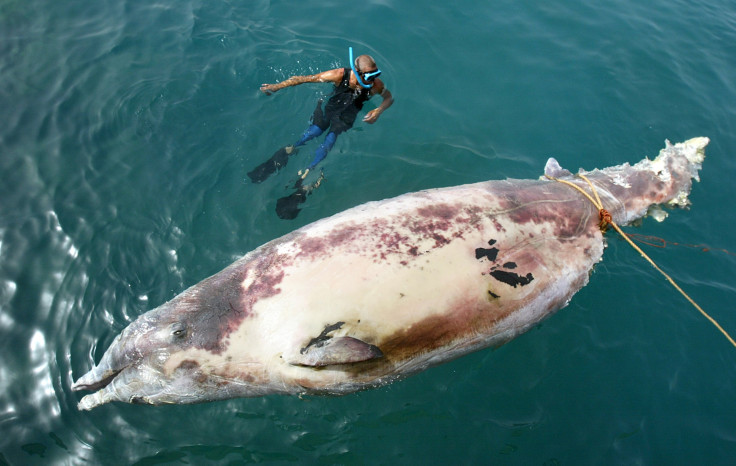Ancient Whale Fossil Buried In Kenyan Desert Offers Clues To Origin Of Bipedalism

Millions of years ago, when our long-extinct ancestors were still dwelling in trees, the East African Plateau was at a much lower elevation than it is now. Subsequently, between 17 million to 13 million years ago, a rise in elevation dried the region, turning the heavily forested area into a grassland. Although this shift is believed to have played a pivotal role in the emergence of bipedalism -- the ability to move on two legs -- in humans, the exact timing of the uplift has eluded scientists for decades.
This is where a 17-million-year old beaked whale fossil, rediscovered in modern-day Kenya in 2011, is helping researchers. The fossilized skull is the oldest known fossil of a beaked whale -- a deep-sea dwelling mammal. However, this particular fossil was found far inland -- about 460 miles from the present East African coastline -- at an elevation of over 2,000 feet. The story of how the whale got there is now helping scientists piece together the geological conditions prevailing at the time.
“The whale is telling us all kinds of things,” Louis Jacobs from the Southern Methodist University in Dallas, and a co-author of the study published in the Proceedings of the National Academy of Sciences, told the Los Angeles Times. “It tells us the starting point for all that uplift that changed the climate that led to humans. It’s amazing.”
Researchers compared the elevation at which the fossil was found to recorded incidents of whales swimming upriver from the sea. Based on the sea level and shape of the African coast at the time and the gradient of the steepest river -- obtained from case records -- the scientists estimated that the whale would have traveled 372 to 559 miles from the Indian Ocean, which would have brought it to an elevation of 78 to 121 feet.
Considering that the plateau now sits at an elevation of 2,034 feet, the area must have risen at least 1,935 feet to reach its present elevation. Moreover, since the fossil was located under a 17-million-year old lava flow, it allowed scientists to book-end the uplifting process.
“With the whale, everything started,” Henry Wichura from the University of Potsdam, Germany, and a co-author of the paper, told Live Science.
© Copyright IBTimes 2025. All rights reserved.






















